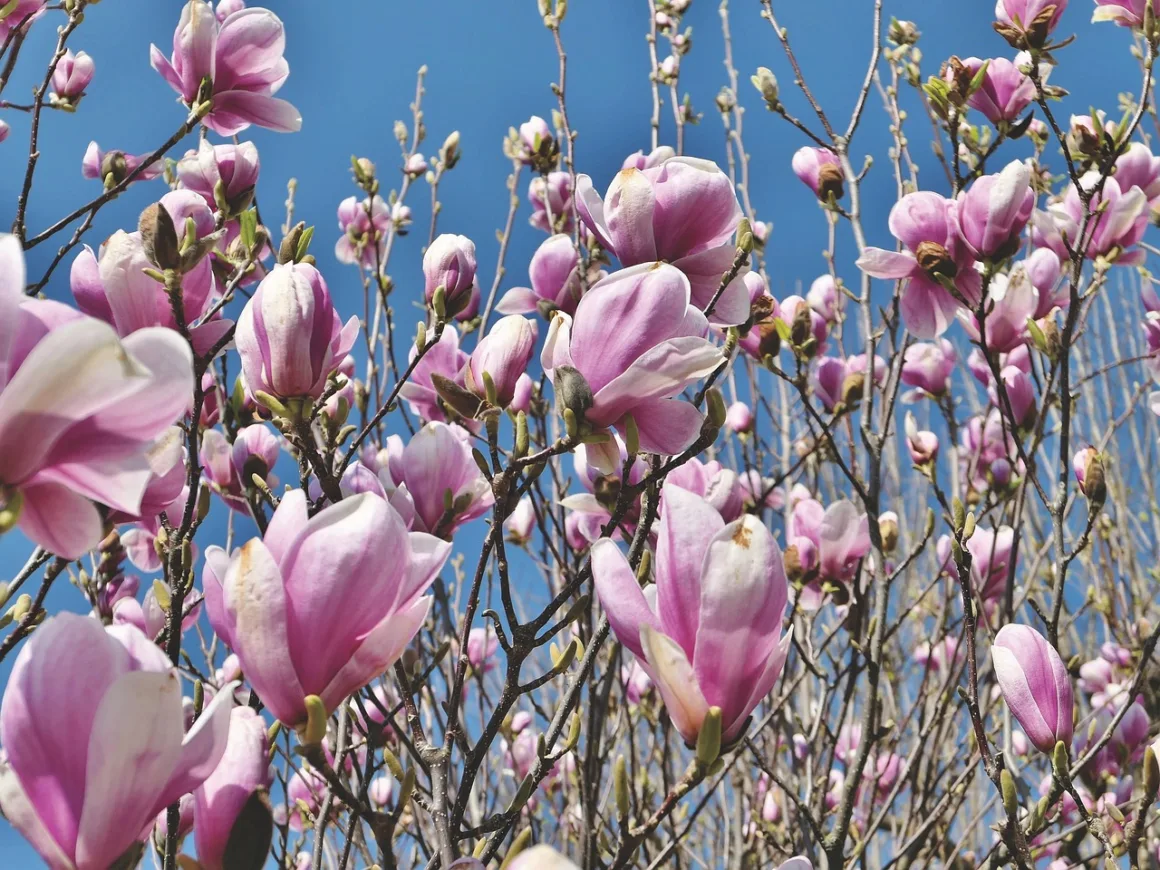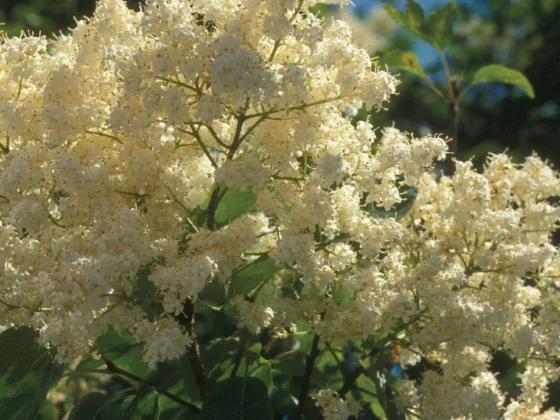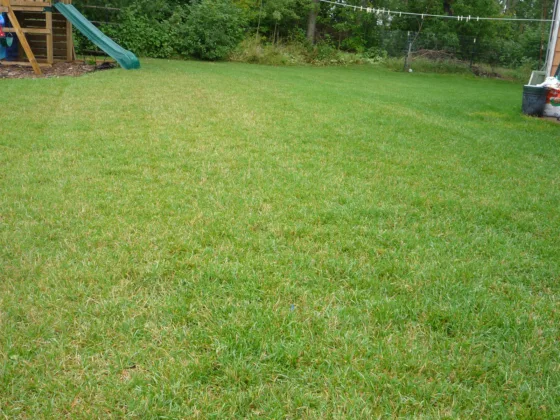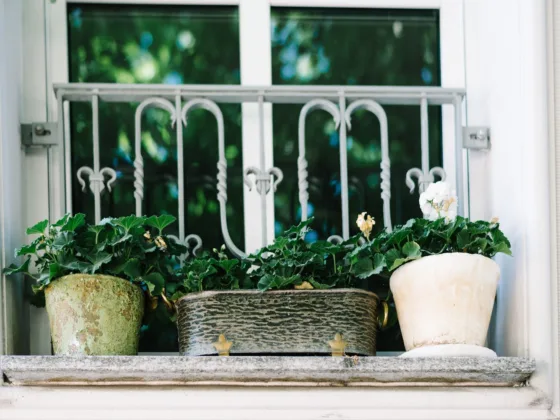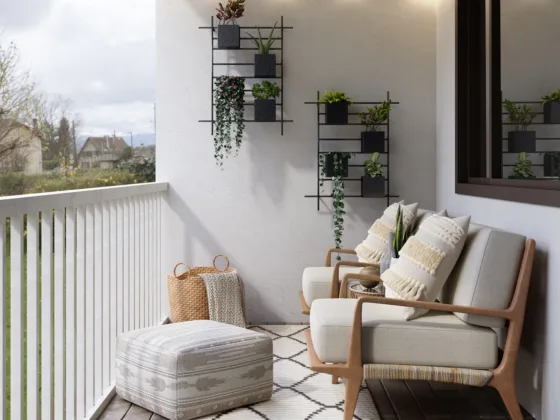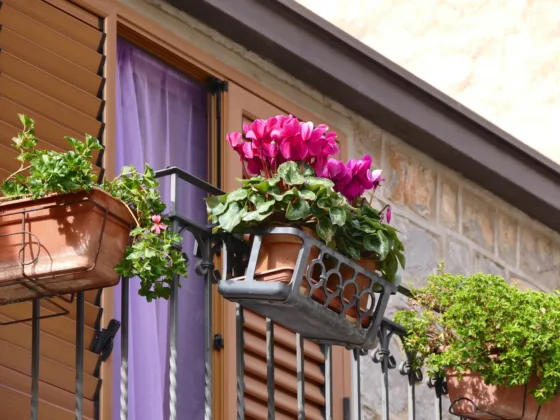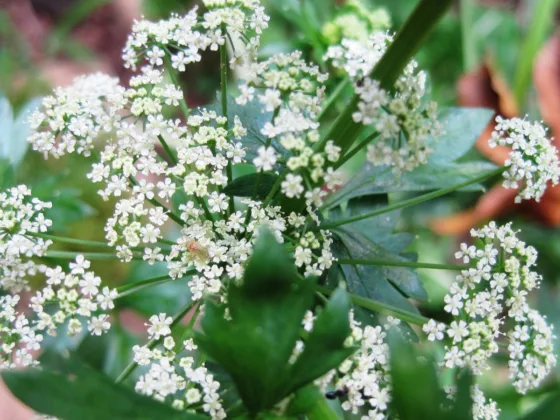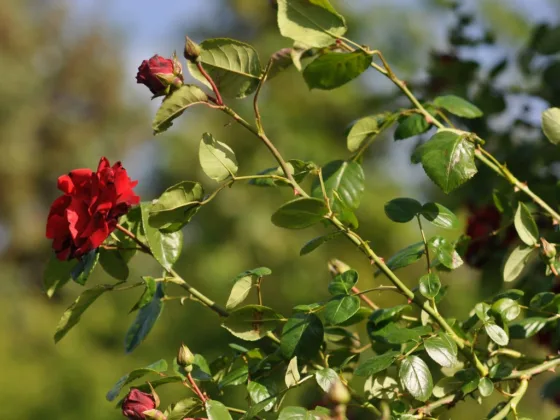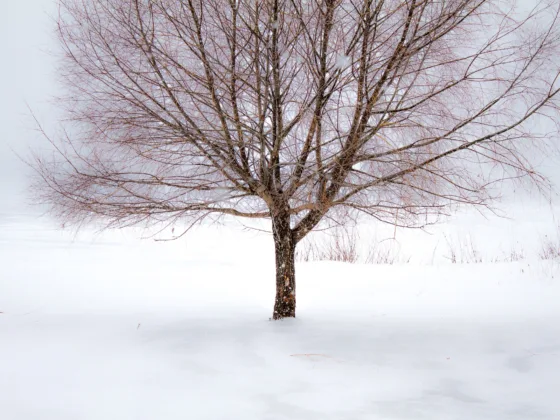Table of Contents Show
“If only I could grow one of those up here…” The refrains of this common lament of the northern gardener can be heard all across the North. This article is written for those who suffer from “zone envy”, the insatiable and consuming desire to grow in your yards and gardens that won’t grow there; you know who you are!
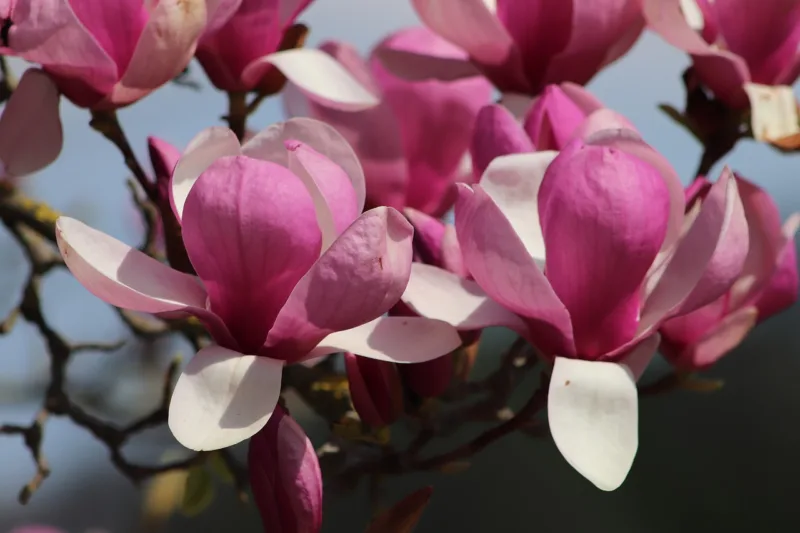
Even though some of the finest Northscapers, those of us who live in the North, have mastered the art of landscaping our yards and gardens with the abundance of flora and greenery we have at our disposal, still, we spend so much of our precious time pining for things we can’t have. I know, because this is an affliction from which I suffer. Hi, my name is Jim, and I’m a zone envier.
As northern gardeners, we are probably all guilty of this to one extent or another, as we peer over the fence that lies to our south in envy of the magnificent plants our neighbors one zone up on us grow in their yards and gardens with seemingly minimal effort.
For some of the less garden-savvy, it is an innocent ignorance that leads them to plant what they like with no regard for whether it will survive their particular climate. On the other hand, avid gardeners know exactly what will and won’t grow in their particular region, and it’s precisely this knowledge which causes them such great angst.
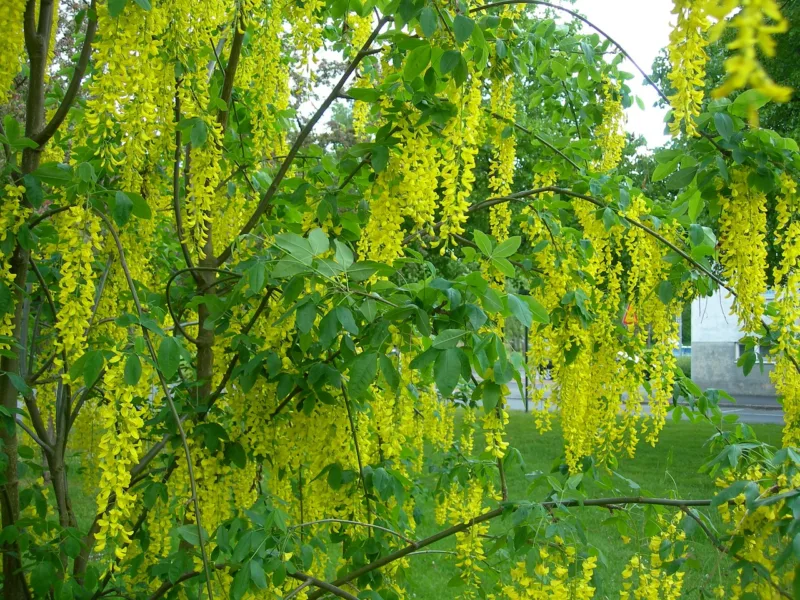
I have a friend who lives in zone 4 who so dearly desires to have two highly ornamental trees growing in her precious yard; a golden chain tree, decked with cascading yellow ribbons of flowers in spring, and flowering dogwood, with its astonishingly beautiful yet delicate flowers and tiered habit.
Yet, these are both only reliably hardy in zone 6, maybe zone 5 with some luck; attempts to grow them in a colder climate usually meet with failure and heartbreak. She has tried many times but has so far met with very limited success, and she hurts for it – I can see her pain!
I myself live in zone 3, yet I spend much of my time traveling across zones 4 and 5 on business. Time and again I bear witness to the majestic trees and exotic shrubs that thrive with neglect in these parts, and yet which turn up their roots at just the thought of a zone 3 winter.
What I wouldn’t give to be able to grow a dazzling star magnolia, a fragrant summersweet, or a breathtaking redbud, all of which will not survive in a zone 3 climate. In time, my yearning for these plants that I can’t have became an obsession, my “Moby Dick”, if you will.
But rather than wallow in my self-pity, admonishing myself for living in such a cold climate, I instead resolved to face my challenge head-on and address it. The horticultural physician sought to heal himself. And so, spade in hand and mind wide open, I went about finding the cure for the malady I have termed zone envy.
It took me many years of deep introspection and perseverance to uncover the roots of this affliction and to begin to develop a remedy. I read the works of the masters, both of those lucky stiffs in the warmer climates, and of those in similar circumstances to mine, but who seemed more at peace than me.
I traveled extensively to the warmer climates as well as within my zone and to colder zones, traversing numerous arboreta and public gardens and beautifully landscaped neighborhoods, seeking enlightenment.
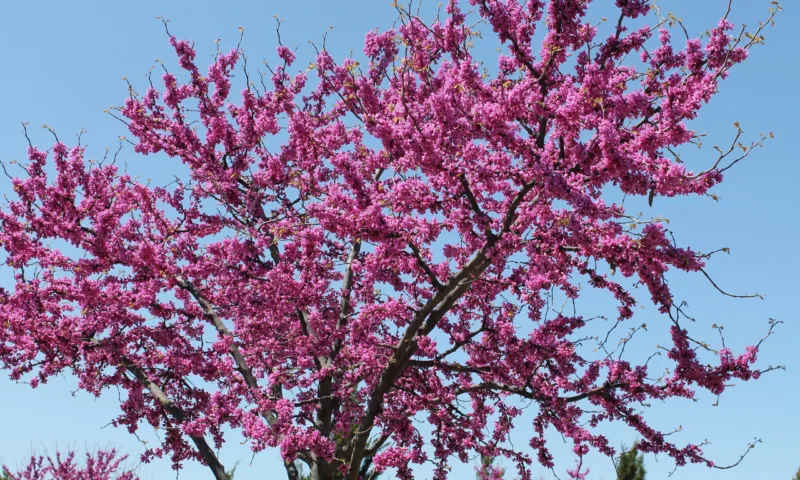
I dabbled in my yard, bringing in plants that weren’t “supposed to be” hardy in this zone, trying one after another, to the point where the only constant in my landscape was change. I even dabbled in the yards of others, but we won’t tell them now, will we?
And then I noticed a change happening to me. It wasn’t a brilliant stroke of genius or an epiphany, but rather a gradual, subtle acknowledgment, acceptance, and appreciation of the truth behind zone envy.
I found myself slowly coming to an understanding of this problem, and a realization of how it can be successfully managed. I started to see the path out of this hole I had dug for myself. The steps to my recovery were becoming clear to me.
I have since worked hard to capture the essence of the treatment and recovery from this affliction by defining what has worked for me, and determining how it can work for all sufferers.
I now believe I have achieved this state of horticultural grace, where I now exist in harmony with the plants that will grow here, and in appreciation of the ones that won’t. Yes, folks, I believe I have conquered my “Moby Dick”, and I believe you can too!
And so as one who, just like you, suffers from a chronic case of zone envy but has learned to manage this affliction on a daily basis, here are my five secrets to overcoming it that I have found worked for me.
1. Know You Are Not Alone
If there’s one thing I discovered very early on in my travels, it’s that all northerners have this tendency to look longingly at those living in warmer climates, envying the plants that will grow for them but not for us.
Rather than this being a concentrated affliction of one specific region or zone, it now seems to me to actually be a tie that binds us all! Imagine that; a penchant for envy may be one of the defining characteristics of being a Northscaper!
Think about it for a moment. For pretty well every zone in the North, there are always at least a few warmer zones to the South. And there are always plants that will be found growing happily in these warmer zones which would shrivel up and die at the mere thought of a colder zone.
And it is also true that every warmer zone has a larger palette of plants from which to choose with a larger range of flowering colors and times and foliage and fruits than the colder zones. But did you really hear me? I said this is true for EVERY zone, from 1 right through to 5!
So know that you are not alone in your suffering. While you are living in Zone 2 pining away for the plants that thrive in Zone 3, your compatriots in Zone 3 are busy obsessing over the plants that will grow without effort for their neighbors in Zone 4, who in turn are peering over the fence at their zone 5 counterparts and the abundant choices they have. And on it goes…
Read Also:
2. Don’t Be Afraid to Experiment
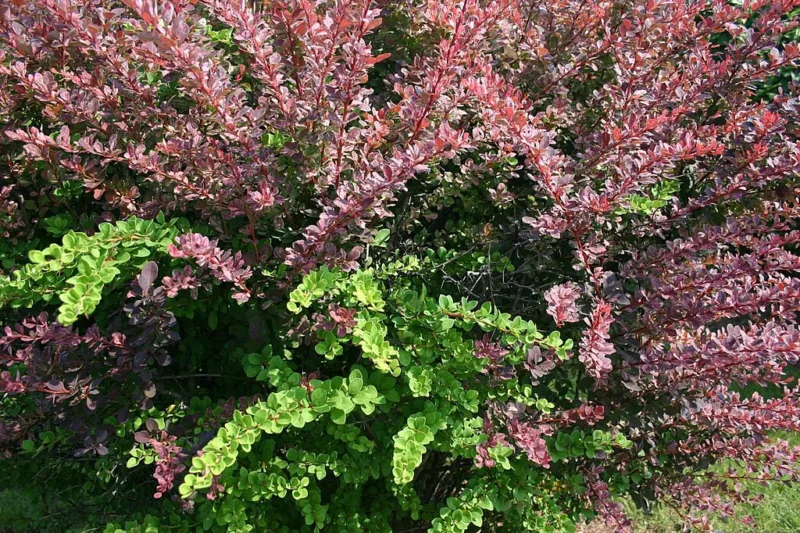
One of the things I did to combat my envy was to turn my beloved Zone 3 yard into a trial ground for everything that could possibly grow in a Zone 4 climate. Yes, I was aware of how this would inevitably become a cacophony of uncoordinated plants in violation of every fundamental landscaping principle I had ever preached, but remember, this was my “Moby Dick”!
As I inundated my yard with the plant after plant in this mad frenzy to demand that they all grow here or else, I found that some died, some languished but held on for dear life, while others surprised me and actually performed well.
In time, I came to appreciate the ones that survived and held them up as glowing examples of my gardening prowess, while brushing off those others that died as weak of spirit or being just plain weenies.
By experimenting, I also learned some factors that I was able to adjust by myself that would influence their survival, and I almost became good at getting some things that “weren’t supposed to grow here” to do quite well, thank you!
I have now come to the understanding that experimenting with out-of-zone plants is not only healthy for northern gardeners, but it is also a shared experience that helps us manage our envy of those in warmer climates. It gives us hope each year that something will pull through that shouldn’t have.
It keeps us engaged in bettering our landscapes and honing our horticultural skills. It rewards us with our successes and desensitizes us to our failures.
3. Learn to Maximize the Plants That Will Grow in Your Zone
I always thought this was so cliché, learn to use what you have rather than pine for what you don’t. And yet, as I toured the finer neighborhoods of the various cities and towns across this great North, something became painfully obvious to me.
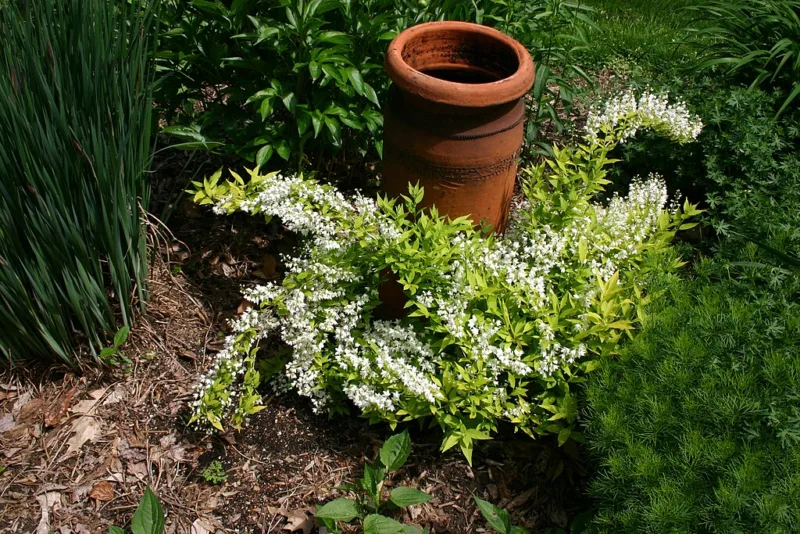
Every part of our continent from zones 1 through 10 all have stellar examples of fine landscapes that would rival any of the others anywhere else. I discovered stunning landscapes in both Zone 1 and Zone 10.
The most beautiful and memorable landscapes weren’t made so by virtue of the rare and unusual plants of which they were comprised, but rather in the way that the plants they had were used. And most certainly, these landscapes weren’t beautiful because they had somehow managed to exploit out-of-zone plants.
I now understand just how much good landscaping relates to the proper use of both plant and hard materials, as opposed to the haphazard use of exotic plants. A whole host of stunning plants doesn’t of itself make a good landscape, while a magnificent landscape doesn’t by any means require the use of any stunning plants at all!
So a word of advice here, before you allow your envy to take root, be sure that you have maximized your landscape with what you have available in your zone. Use the plants wisely and in accordance with sound landscaping principles. And be sure to set aside a small portion of your yard for experimenting with out-of-zone plants, but on which your landscape is not dependent.
4. Appreciate What You Have
In conjunction with the above advice, I also came to realize that envy really is a destroyer of your life, because it keeps your eyes focused on an impossible and likely unachievable goal at the expense of all that is good. You lose sight of what you have in your life for what you don’t, and as a result, you miss out on the pleasures all around you today.
This again would have sounded to me like advice from some cheap self-help book, had it not been for my experiences traveling around the continent. I realized that we often become jaded by our immediate living environment, and stop truly seeing the details that make our lives so rich.
It’s only when we travel to other regions and see different things that we can come to understand that our landscapes also possess their own beautiful charms and attributes. At least that’s what I have found.
Ironically, it was by repeatedly seeing the amazingly diverse beauty of this continent, its many distinctive ecosystems, and the many wonderful plants that grow in these many places that I came to realize that my region and climate had a role to play as well and a beautiful role at that.
It’s like the proverbial son who travels out to see the world looking for something more but ultimately ends up coming home because he realizes he had it all right there in front of him.
So take the time to really appreciate what you have. Consciously stop thinking about what you could have for a moment, and walk out into your yard and gardens and take a close look. Spend time with the trees you have, the roses, the variegation, the colors in fall, the fragrances of spring.
Make a mental note of it all and make sure you add a footnote that it really is beautiful in its own right. That will help soften any angst you feel when you want something you really can’t have.
5. Feed Your Envy Every Once in a While
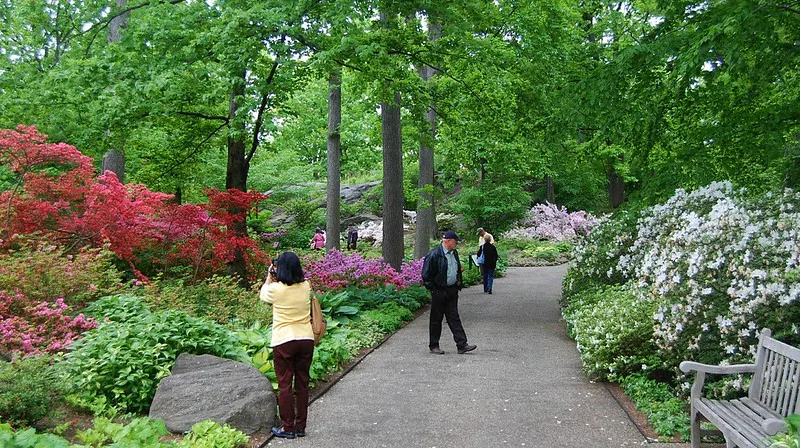
Now here’s some advice that would seem counterintuitive at first. But listen to my theory for a moment.
It has to do with desensitization, and here’s how it works. Let’s say you could get one rare plant that shouldn’t be growing in your region to perform admirably year after year. At first, you would be so proud, but after a while, you would tire of it and move on to a desire for other things that won’t grow there.
It’s the insatiable desire for what we can’t have that consumes us; once we have it, rather than being happy, we displace our desire and move it on to another thing we can’t have. We’re only human, after all.
And so I have come to believe that we can be desensitized to plants we want by means other than having them in our yards. We can satiate our desire for a plant not only by having it grow in our yard but also by flooding our senses with that same plant growing happily in a place remote to us.
So be sure to take one or two trips each year to a zone south of you where plants grow that really don’t where you live.
Walk or drive through the neighborhoods and enjoy the homes and yards and gardens. Visit the public gardens and savor what the various communities have done with the plants that grow well for them. Tour an arboretum or botanical garden, and really spend some time with the plants there, taking it all in.
Surprisingly, in time, rather than wanting these plants all the more, you will instead find yourself coming to terms with their beauty and finding happiness that you have shared your time with their beauty, even if it is not in your immediate environment.
You will find that you achieve inner peace knowing that you can always return to satiate your need for these plants, but with less of an edge of desire as opposed to a true appreciation.
Bottom Line
And so there you have it; my 5-step program to recovery. Yes, it will take time, but take it from me, someone who has been there and has successfully come back, you will feel so much better on the other side!
